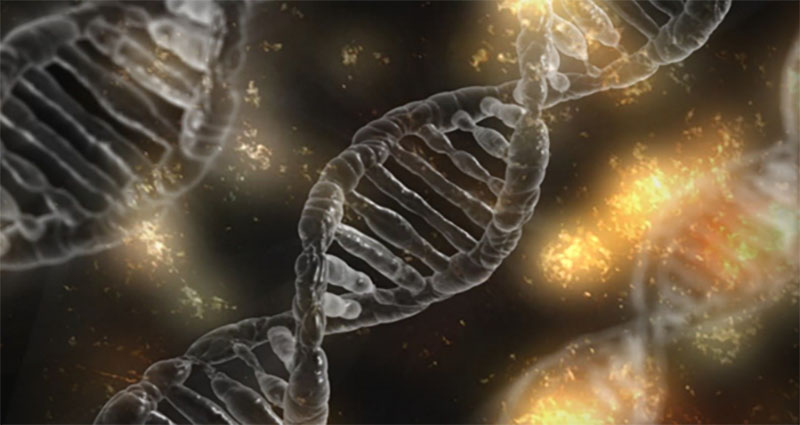Prenatal Paternity Testing: how accurate is it?
If you’re unsure who the father of your baby is, you could perform a postnatal test. By comparing the DNA of the child with the alleged father’s DNA, you are able to determine if the two are indeed related. For some mothers, it is needed to know these results earlier than that. In these cases, a prenatal paternity test might come in handy. With prenatal paternity testing you can determine the biological father of your child while pregnant with at least 99% accuracy. Below you will find more information on the workings of this test, including its safety and preciseness.
How does a prenatal paternity test work exactly?
You can perform a prenatal paternity test in the comfort of your own home. Order a kit online and it will be sent directly to your house. In the kit, you will find sample collectors. The alleged father will need to perform … Read More










